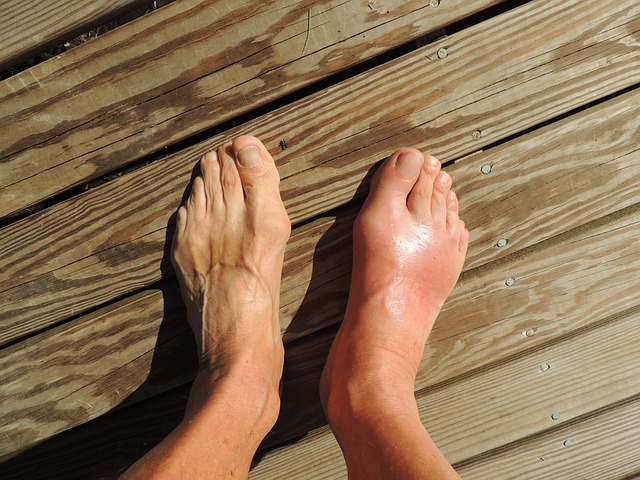If you are diagnosed with osteoarthritis of the foot it tends to mainly effect the joint at the base of your big toe. It can result in your toe becoming uncomfortably stuff over time and it can also result in your toe becoming bent, with the development of painful bunions. Osteoarthritis of the big toe is relatively common and it can result in further conditions which need treatment.
When you develop arthritis in the big toe it effects the cartilage which begins to crack and breakdown. This leads to bone rubbing on bone and is why you often see enlarged joints in arthritis as they become inflamed. Osteoarthritis of the big toe results in loss of movement and it can make it difficult to wear certain shoes and walk as you did before. This condition is known as Hallux Rigidus.
Common Symptoms of Hallux Rigidus
Hallux Rigidus is usually recognisable by symptoms including:
- Stiffness in the joint
- Enlargement of the joint
- Swelling and redness to the joint
- Difficulty with certain footwear
- Bending or associated deformity
- Difficulty walking
Diagnosis of the condition usually comes with specialist clinical examination and a full assessment of your medical history. X-rays may be necessary and there are more sophisticated scans available too.
Treating Osteoarthritis of the Big Toe
You may have to visit a number of health professionals to organise full treatment for your condition. You may need to carry out specific exercises to keep the toe joint active and mobile. Significant rest time may also be necessary to stop the joint becoming more painful. You should also avoid high heels and you may want to get specific shoes fitted for the best possible level of comfort. Pain killers too may be prescribed but this should always be in addition to other measures to help reduce the pain in the toe.
Osteoarthritis of the big toe is one of the more common arthritic conditions. It often develops as we age and so the treatment options are varied and plentiful.



